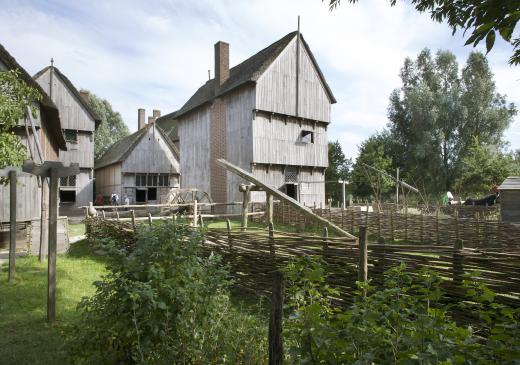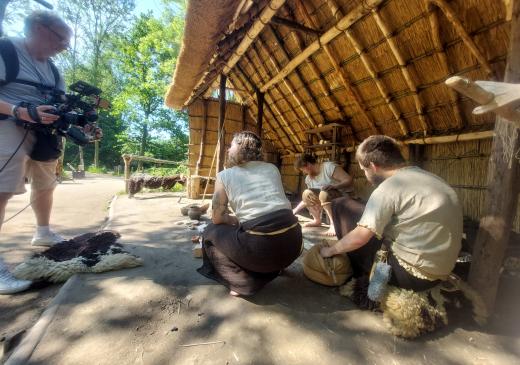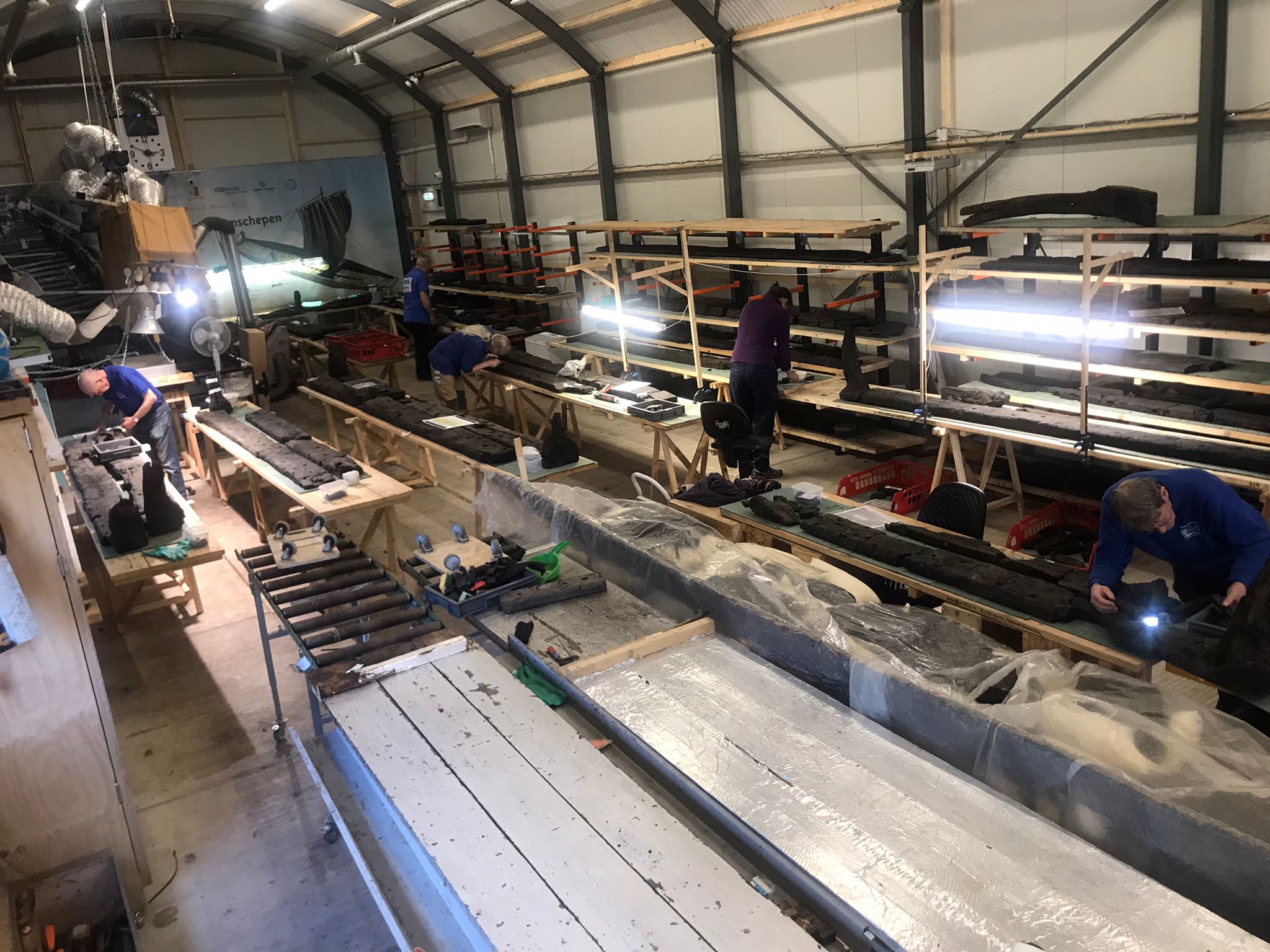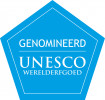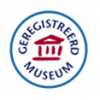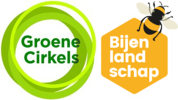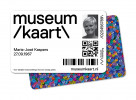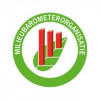-
Museum
Stap midden in de oudste geschiedenis van Nederland en ontdek hoe het toen echt was. Zwerf door de prehistorie! Kom héél dichtbij de Romeinen! Duik in de middeleeuwen!
Het museumpark staat vol met de mooiste reconstructies van gebouwen en huisraad, op basis van archeologie.
Lees verder
En… ontdek in Archeologiehuis Zuid-Holland de echte vondsten. -
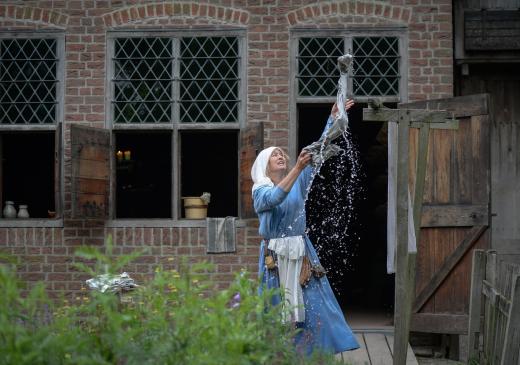
-
Museum
-
Bekijk het overzicht
Stap midden in de oudste geschiedenis van Nederland en ontdek hoe het toen echt was. Zwerf door de prehistorie! Kom héél dichtbij de Romeinen! Duik in de middeleeuwen!
Het museumpark staat vol met de mooiste reconstructies van gebouwen en huisraad, op basis van archeologie.
Lees verder
En… ontdek in Archeologiehuis Zuid-Holland de echte vondsten. -

-
Bekijk het overzicht
-
Prehistorie
-
Bekijk het overzicht
8800 V. Chr. - 12 V. Chr. Ga mee op reis, héél ver terug in de tijd naar het kamp van de jagers-verzamelaars, de eerste boeren, de bronstijd en de ijzertijd.
Activiteiten
Vaar in een echte boomstamkano, laat je schminken als een echte jager, twijn een armbandje, versleep een hunebedsteen en leer hoe je vuur maakt met een echte vuursteen.
Lees verder -

-
Bekijk het overzicht
-
Middeleeuwen
-
Bekijk het overzicht
406 N. Chr. - 1500 N. Chr. In het middeleeuwse stadje Gravendam leef je in de 14e eeuw. In de ambachtshuizen wordt hard gewerkt.
Activiteiten
Lees verder
Maak een kaarsje bij de imker, leer boogschieten en schiet de pijl in de roos op het schuttersveld, laat je zwaardvechtkunsten zien en maak een armbandje van vilt. -

-
Bekijk het overzicht
-
Romeinse tijd
-
Bekijk het overzicht
12 V. Chr. - 406 N. Chr. Bezoek het Romeinse grensdorp Trajectum ad Rhenum en ontmoet de Romeinen.
Activiteiten
Lees verder
Exerceer in het Romeins legioen, geniet van een Romeinse armmassage in het badhuis, maak een mooie fibula (Romeinse speld) en ontdek de Romeinse kruiden. -

-
Bekijk het overzicht
-
Praktische informatie
-
Bekijk het overzicht
Lees hier alle informatie over de openingstijden, tarieven, route, contactgegevens, parkeermogelijkheden, informatie voor bezoekers met een beperking, restaurants en de veelgestelde vragen.
Lees verder -
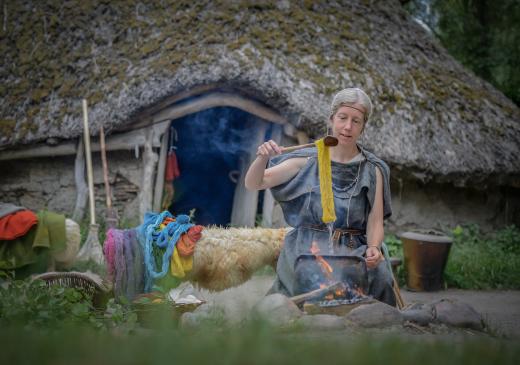
-
Bekijk het overzicht
-
Restaurants
-
Pannenkoekenhuis Het Klooster
Geniet van heerlijke middeleeuwse pannenkoeken met ingredienten uit het Groene Hart en granen van de Wipmolen Nieuwleven in Hazerswoude-Dorp.
-
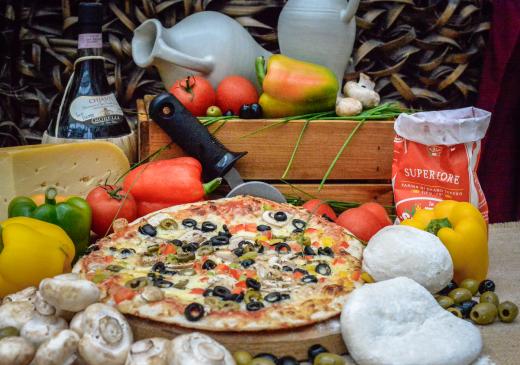 Romeinse Herberg Trajana
Romeinse Herberg Trajana
Smullen in de Trajana-Romeinse Herberg. Geniet van huisgemaakte vegetarische steenoven pizza's & andere heerlijke gerechten
-
 Sfeervol dagje uit
Sfeervol dagje uit
Heb je iets te vieren? Of op zoek naar een gezellig dagje uit met de familie? Kom dan naar Archeon! Geniet van een leuk dagje uit en van heerlijk eten op een sfeervolle locatie.
-
-
Openingstijden
-
Bekijk het overzicht
Bekijk hier de openingsdagen en -tijden van Museumpark Archeon.
Lees verder -
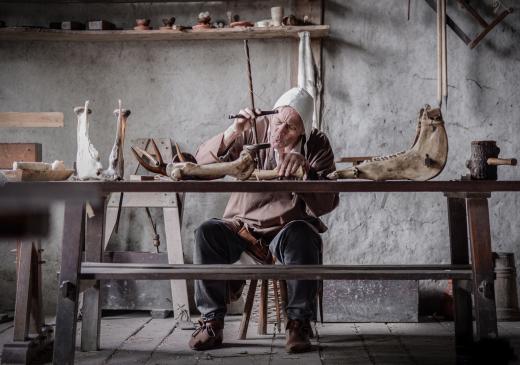
-
Bekijk het overzicht
-
Zwammerdamschepen
-
Bekijk het overzicht
In de Restauratiewerf bij het Romeinse badhuis kun je de restauratie van zes originele Zwammerdamschepen bezoeken. Gidsen leiden je rond langs de `Zwammerdam 2’ en de boeiende tentoonstelling. Het doel is om deze schepen weer terug te geven aan het publiek in het nieuwe Nationaal Romeins Scheepvaart Museum van Archeon.
Lees verder -
-
Bekijk het overzicht
-
Vikingtijd
-
Bekijk het overzicht
Dorestad in het jaar 801 na Christus. Terwijl elders in Europa de Vikingen al huishouden, heerst hier vrede en welvaart. Bij de kooplieden komen zelfs wel eens Scandinaviërs om te handelen.
Activiteiten
Lees verder
Bezoek Dorestad en vaar mee op het Vikingschip, leer touw slaan en schrijf je eigen naam in runen. -
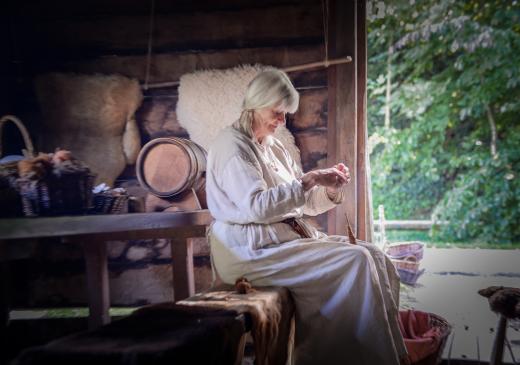
-
Bekijk het overzicht
-
Archeologiehuis
- Bekijk het overzicht Lees verder
-
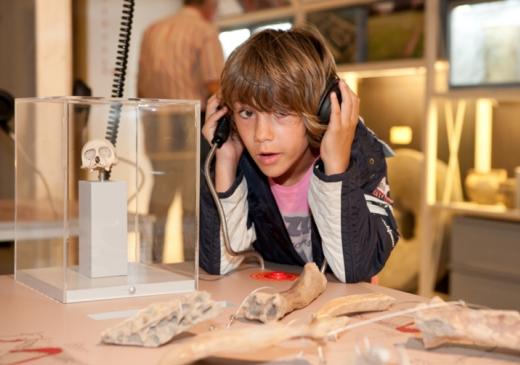
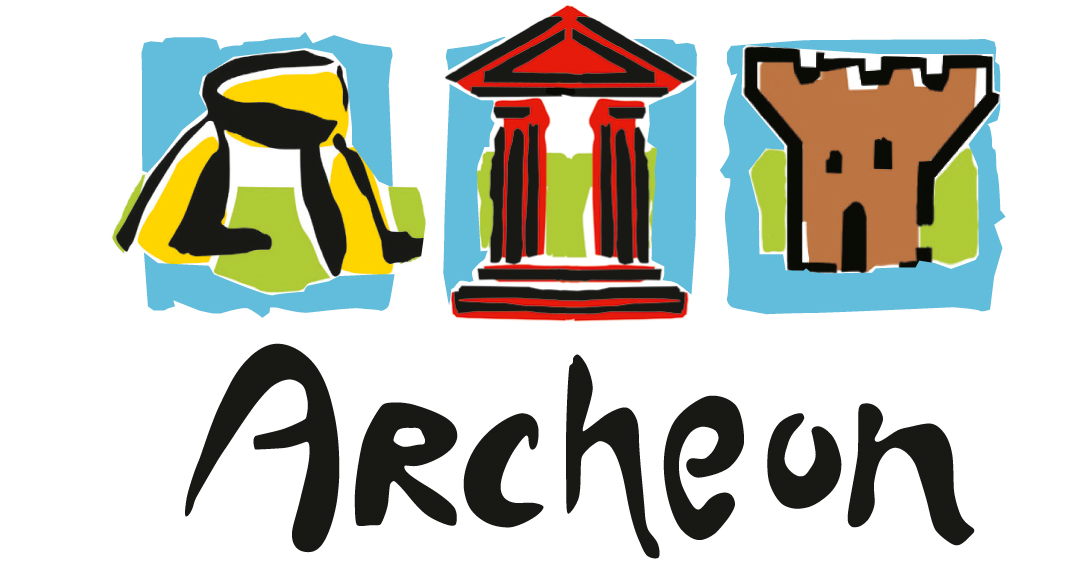

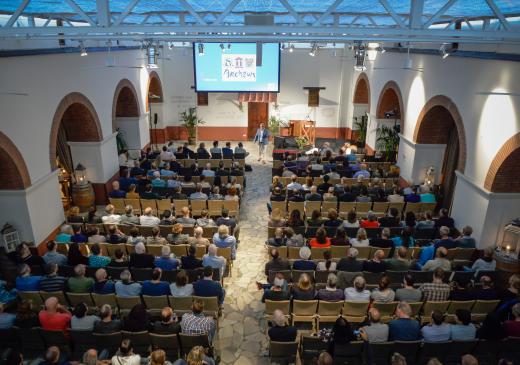

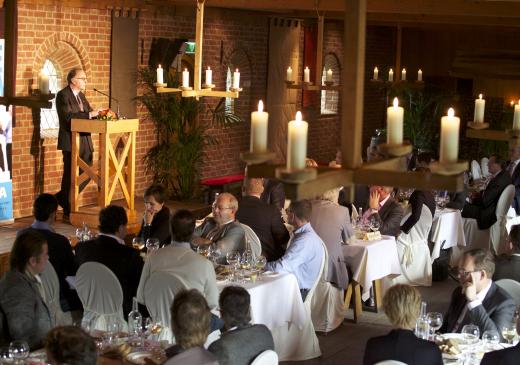



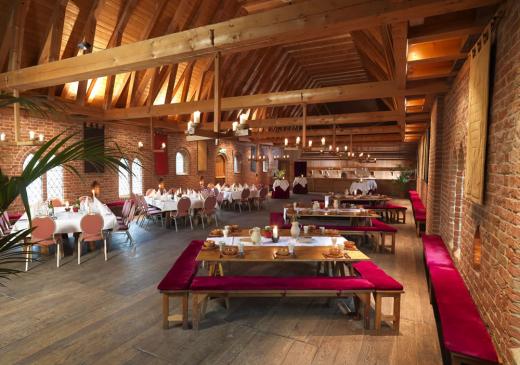

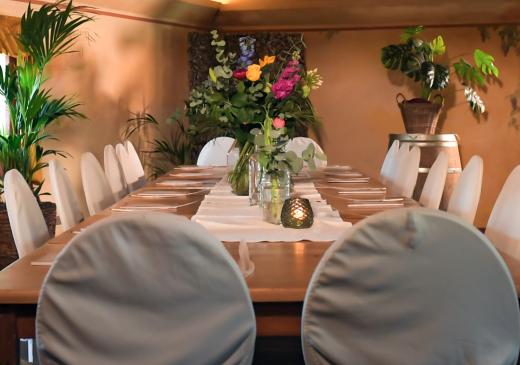
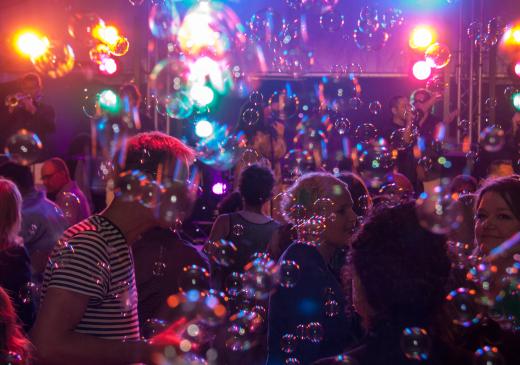
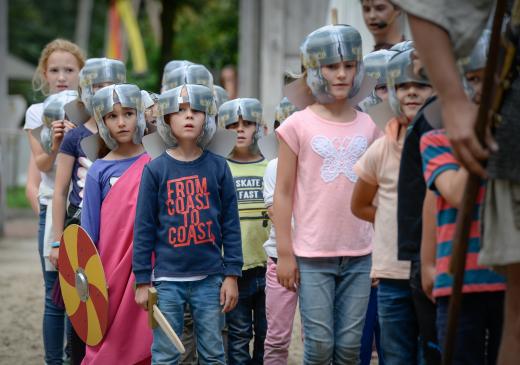

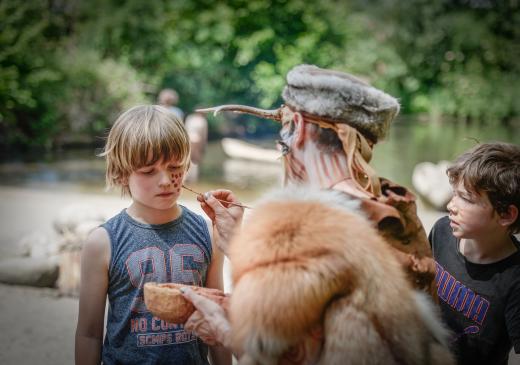
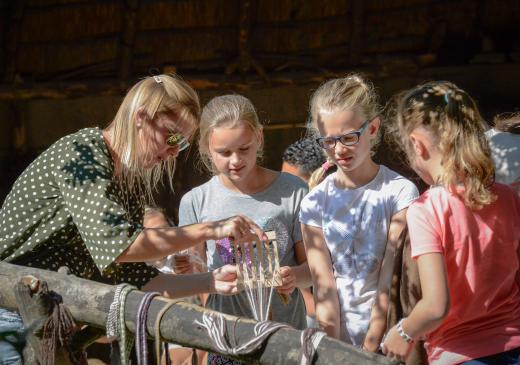





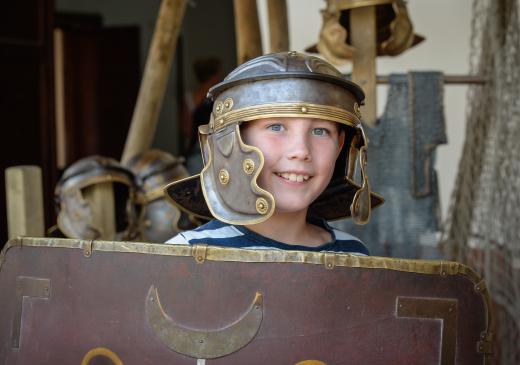
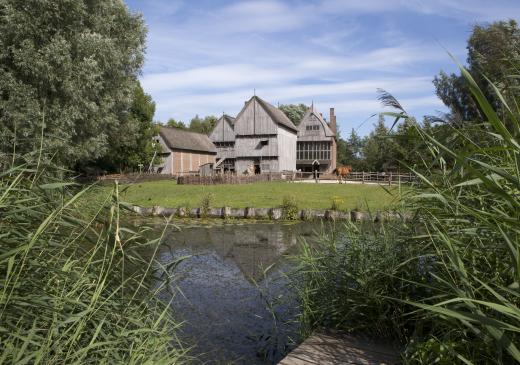


/2010_Parkfotos%20%2886%29-MENULARGE.jpg)

